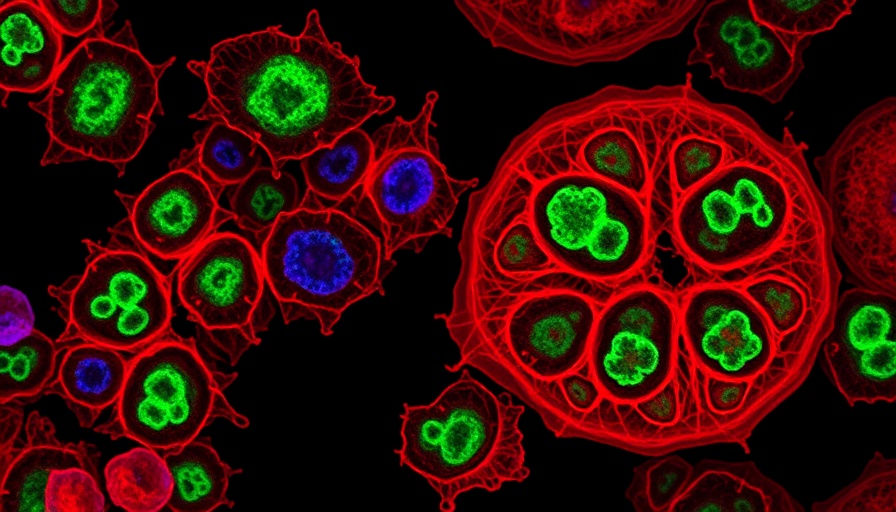
Revolutionizing Dental Medicine: The Future of Jawbone Organoids
In a groundbreaking study published in Nature Biomedical Engineering, researchers at Kyoto University have successfully created jawbone organoids from patient-derived induced pluripotent stem (iPS) cells. This innovative research led by Associate Professor Makoto Ikeya represents a monumental stride in developing therapeutic solutions for jawbone diseases, particularly those stemming from genetic defects and trauma.
Understanding the Science Behind Jawbone Organoids
The jawbone, comprised of the maxillary and mandibular bones, is the largest biomineralized organ in the oral cavity. Its exposure to various pathogenic factors has rendered it extremely vulnerable to irreversible damage. Prior to this research, there was a lack of reliable models to study jawbone development and pathophysiology effectively. Ikeya and his team have addressed this gap by generating three-dimensional (3D) jawbone organoids that not only mimic the developmental stages of jawbone formation but also show promise for therapeutic interventions.
The Methodology: From 2D to 3D Organoids
Initially, the researchers established a two-dimensional (2D) culture to produce cranial neural crest cells (NCCs) capable of differentiating into jawbone cells. This foundational work laid the groundwork for modifying their protocols to create 3D organoids. By fine-tuning signaling pathways and optimizing cell culture conditions, the team successfully induced patient-derived iPS cell lines to grow as functional cell aggregates. Among these lines were those from individuals with osteogenesis imperfecta, also known as brittle bone disease, allowing the team to specifically study this condition's impact on jawbone development.
In-Depth Insights: The Role of Molecular Signals
By leveraging insights from embryonic development, Ikeya's team identified critical molecular combinations capable of stimulating NCC aggregates into a cell type resembling the mandibular prominence ectomesenchyme (mdEM). Detailed investigations revealed that these iPS cell-derived mdEMs could be further differentiated into bones, presenting a significant discovery in understanding jawbone tissue formation.
Translating Research to Practice: From Lab to Reality
In a pivotal experiment, the researchers cultured mdEMs under osteo-inductive conditions and resulted in the generation of mineralized tissue structures characterized by bone formation markers. To assess the regenerative potential of these jawbone organoids, they were transplanted into immunocompromised mice under capillary-rich renal capsules. This setting facilitated observation of advanced vascularization and mineralization of the constructs into mature bone tissues.
Clinical Implications and Future Directions
Ultimately, the successful creation of jawbone organoids holds significant implications for dental medicine and maxillofacial surgery. This model not only enables thorough investigations into the intricate mechanisms underlying jawbone diseases but also opens avenues for testing innovative therapeutic strategies tailored towards individual patient needs. As the demand for precision medicine continues to grow, tools like these organoids could refine the way healthcare practitioners approach complex cases.
Conclusion: Actionable Insights for Health Practitioners
As developments in regenerative medicine progress, it's crucial for health practitioners to stay informed about new technologies like jawbone organoids. This research underscores the importance of continued exploration and the potential for organoid technology to reshape treatment paradigms in orthopedics and dentistry. By engaging with advancements in organoid technology, practitioners can enhance their diagnostic and therapeutic strategies, ultimately improving patient outcomes.
For health practitioners eager to stay ahead in the evolving landscape of medical technology and its applications in patient care, it’s beneficial to follow updates on organoid research. These innovations not only promise advances in treatment options but also represent a shift towards more personalized, effective therapies in dentistry.
 Add Row
Add Row  Add
Add 






Write A Comment